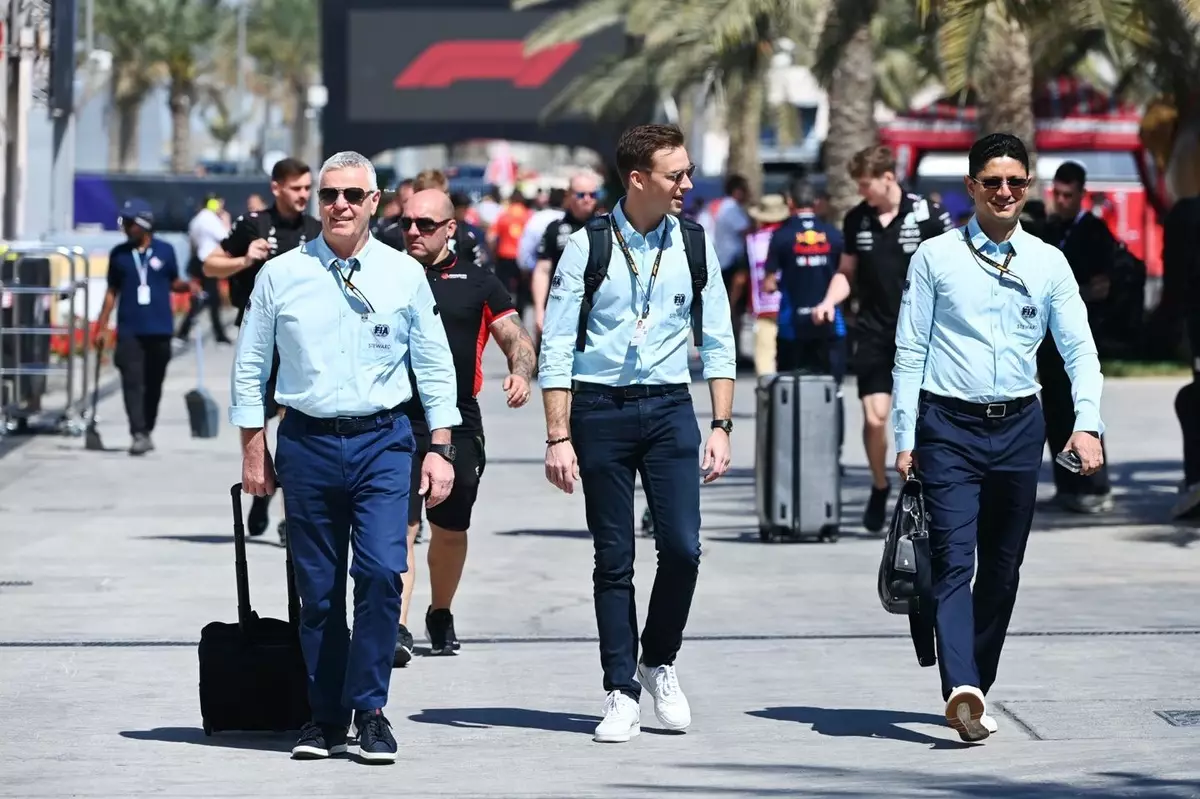Formula 1 (F1) is constantly evolving, as evidenced by recent changes to the structure of its stewarding panels. Starting with the 2025 season, the FIA will expand their stewarding teams from three to four officials at selected high-pressure events, aiming to bolster oversight and decision-making during races. This adjustment reflects both a response to the complexities of modern racing and the ongoing discussions regarding the stewardship process within the sport.
The newly outlined Article 15.1 in the FIA’s 2025 sporting regulations marks a significant shift in how races are adjudicated. Traditionally, each race featured a stewarding panel made up of three officials — including one former driver — to bring a racer’s perspective to the proceedings. Now, the addition of a fourth member at six designated high-workload races — specifically in Australia, China, Canada, Singapore, Mexico, and Brazil — suggests a proactive approach to managing potential incidents on track.
The rationale behind this expansion is to ensure a comprehensive examination of race incidents. The fourth steward will primarily focus on gathering and reviewing evidence related to on-track occurrences, which allows for a more thorough and efficient approach to analysis. However, it is critical to note that the ultimate decision-making power remains with the entire panel, thus maintaining a democratic process in regards to adjudication. The appointed chairperson continues to provide leadership and direction during discussions, upholding the integrity of the panel’s functions.
Despite these adjustments, controversies surrounding F1 stewardship are far from resolved. One persistent issue is the reliance on unpaid volunteers for stewarding roles. The FIA merely offers travel expenses, raising significant concerns regarding the expertise and commitment of those officiating. Discussions have emerged regarding the potential for permanent stewards, but such a move hinges on identifying funding sources, a challenge that FIA president Mohammed Ben Sulayem has openly acknowledged.
Automotive leaders, notably McLaren’s Zak Brown, have suggested a collaborative financial solution wherein teams contribute to the payment of permanent stewards. However, the sentiment among many teams and drivers has been resistant to additional financial burdens. This dilemma further complicates the stewarding landscape as F1 seeks to balance financial viability with the necessity for skilled oversight.
The implications of stewarding decisions on race outcomes cannot be overstated. As the stakes of each race escalate, the precision of stewarding becomes critically important. Instances of inconsistency in applying regulations have sparked debates among fans and participants alike, frequently resulting in calls for reform. In this context, the introduction of an additional steward could serve as a buffer against errors or misinterpretations, thereby enhancing reliability and fairness in officiating.
Furthermore, the scrutiny of individual stewards has intensified, applying pressure to ensure that personal interests or outside engagements do not compromise their objectivity. The recent removal of ex-driver Johnny Herbert from the stewardship pool due to concerns about potential conflicts with his media career exemplifies this heightened oversight. Such measures signal a recognition of the demands placed on stewards, highlighting the need for transparency and credibility in their undertakings.
The adjustments to stewarding panels in Formula 1 indicate a broader commitment to refining the sport’s operational frameworks. As it stands, these changes aim to enhance oversight during critical racing moments while addressing long-standing issues regarding the expertise and compensation of stewards. As the FIA moves forward, the successful implementation of this new stewarding structure may very well serve as a blueprint for improving governance structures within the sport.
Ultimately, the future challenges stemming from racing incidents demand vigilant stewardship that not only reacts to on-track behavior but also anticipates potential issues before they manifest. It remains to be seen how these changes will take root in practice and whether they will effectively quell ongoing concerns or catalyze further reform discussions in the years to come.


Leave a Reply